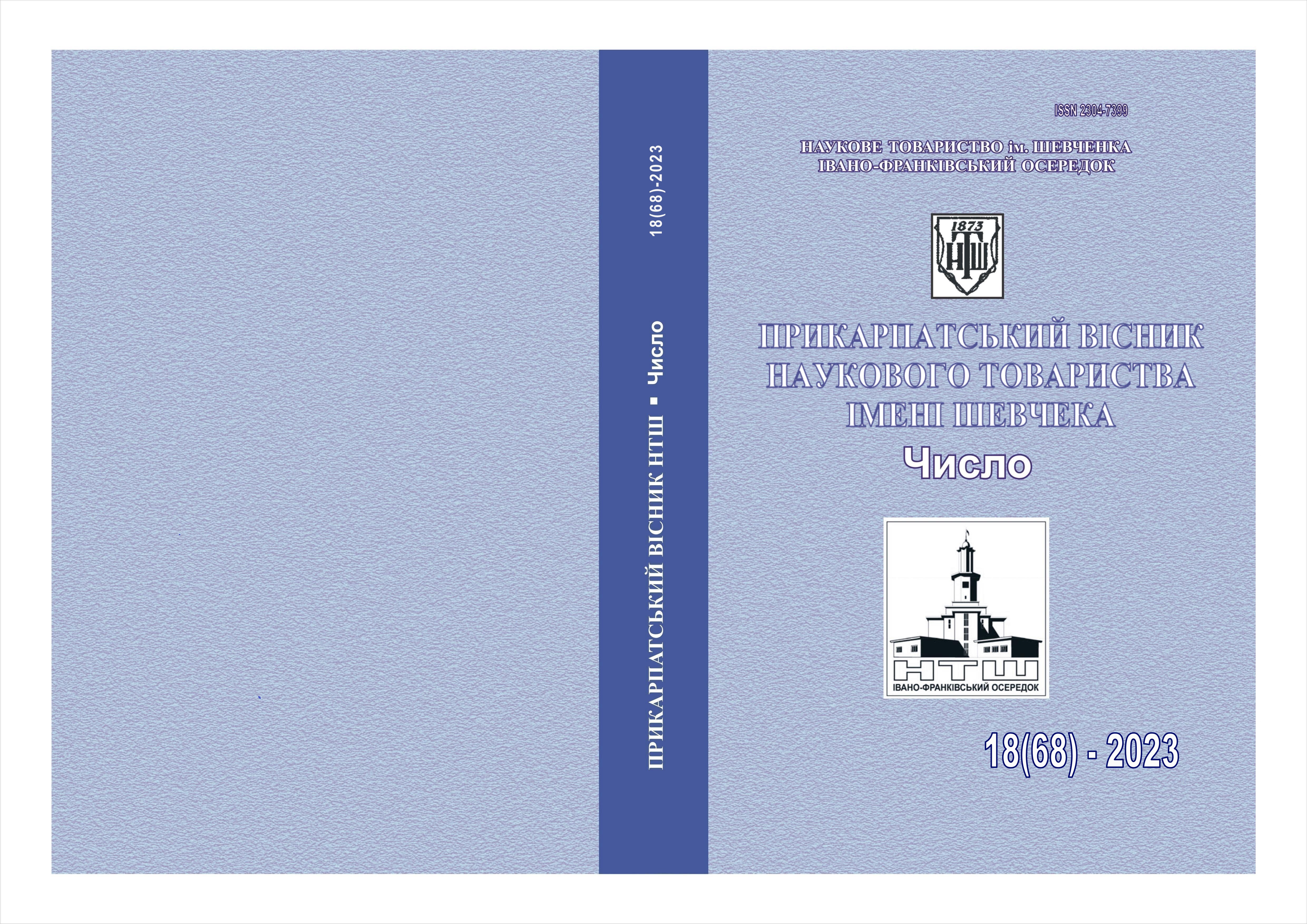ASSESSMENT OF THE INFLUENCE OF CONTAMINATION OF THE BOTTOMHOLE ZONE OF THE FORMATION ON THE PERFORMANCE CHARACTERISTICS OF PRODUCTION WELLS
DOI:
https://doi.org/10.31471/2304-7399-2023-18(68)-98-107Keywords:
colmatation, bottomhole zone, reservoir, productivity, gas flow, reservoir pressure, permeability of the contaminated zone, radius of the contaminat-ed zone.Abstract
The reasons for the decrease in productivity of gas wells are characterized. The structure of the formation colmatation parameter is revealed. For the conditions of a model well, using mathematical dependencies, the influence of different values of the radii of the contaminated zone at the bottomhole formation zone, the multiplicity of the permeability coefficient of the contaminated formation zone and different degrees of reduction in reservoir pressure from the initial value on the productivity of gas wells was studied. The research results are presented in the form of graphical dependences of gas flow rate for the initial value of reservoir pressure on the permeability coefficient of the contaminated zone for different radii of the contaminated zone, on the radius of the contaminated zone for different values of the permeability coefficient of the contaminated zone, pressure along the radius of the contaminated zone 0.25, on the radius of the zone pollution of varying degrees of reduction in reservoir pressure according to the multiplicity of the permeability coefficient of the contaminated zone 2. According to the results of studies, with an increase in the multiplicity of the permeability coefficient of the contaminated zone, we will obtain a significant decrease in the gas flow rate, and the gas flow rate, the greater the value of the reservoir pressure. Zone contamination at high values of reservoir pressure has a significant impact on the reduction in gas production. Using the method of statistical processing of calculated data, the average optimal value of the contaminated zone radius was established to be equal to 0.25 for all values of the permeability coefficient of the contaminated zone and the average optimal value of the permeability coefficient of the contaminated zone to be 1.97.
References
Нижник А.Е., Куксов А.К, Лебедев О.А. и др. К вопросу влияния процесса цементирования на продуктивность скважин // НТЖ. Строительство нефтяных и газових скважин на суше и на море, 2001, №5-6.
Крылов В.И., Крецул В.В. Современные технологические жидкости для заканчивния и капитального ремонта скважин. Методы повышения эффективности разработки нефтяных месторождений в завершающей (четвертой) стадии: расширенное заседание ЦКР Роснедра 4-5 декабря 2007 г., – М.: НП НАЭН, 2008.
Качмар Ю.Д., Світлицький В.М., Синюк Б.Б., Яремійчук Р.С. Інтенсифікація припливів вуглеводнів у свердловину. Книга перша. Львів: Центр Європи, 2004. 352 с.
Petroleum production systems / Michael J. Economides, A. Daniel Hill, Christine Ehlig. – Economides, 1994 by Prentice Hall PTR.
Акимов Н.И., Стрижнев К.В., Чернов А.В., Павлов И.В. Влияние параметров пласта на продуктивность горизонтальных скважин // Интервал. 2006, №4. с. 38-43.
Михайлов Н. Н. Информационно-технологическая геодинамика околоскважинных зон. М.: Недра 1996. с.339.
Подгорнов В.М., Сулейменов Н.С., Ширдавлетов Н.Т. Фильтрационные барьеры вокруг горизонтальных стволов в гранулярных кол-лекторах Арыскумского месторождения, НТЖ // Вестник Ассоциации буровых подрядчиков. 2012, №2. с. 45-48.
Кондрат Р.М., Хайдарова Л.І. Дослідження впливу характеристик розкриття газоносних пластів перфорацією на видобувні можливості свердловини. Розвідка та розробка нафтових і газових родовищ. 2019. №4(73). C. 46-53.


